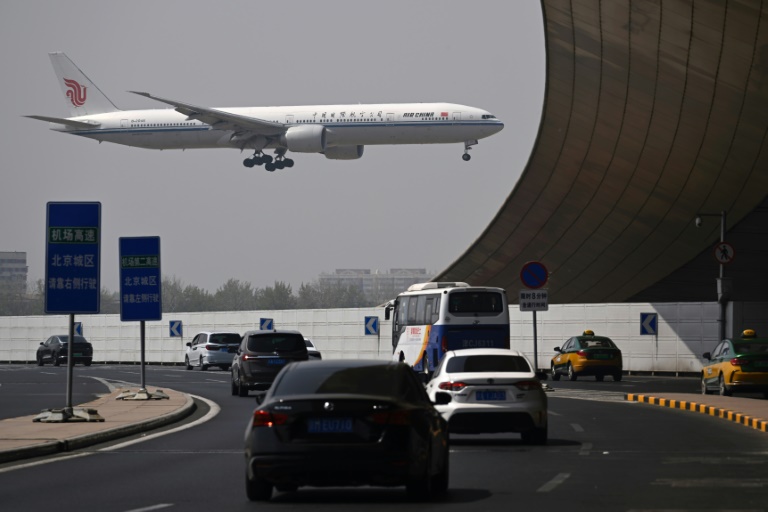Latest communications technology innovation now enables iPhone and Android users to make calls and send messages via satellite — no special hardware required. In a major leap forward for mobile connectivity, Elon Musk's Starlink has introduced a new feature that allows iPhone and Android users to connect directly to its satellite network — no additional hardware or modifications required. Direct-to-cell service The new service, called Direct to Cell (D2C), is being hailed as a potential game changer for global communications, particularly in remote or underserved areas.
On Saturday (April 12), SpaceX sent Starlink Group 11-17 soaring with 21 smallsats including 13 D2C satellites aboard the Falcon 9 rocket from Nasa's Kennedy Space Center in Florida. Direct connection, no dead spot? By enabling smartphones to connect directly to Starlink’s low-Earth orbit (LEO) satellites, users will soon be able to send texts, make calls, and access basic data services — even in places with zero cellular coverage. Previously, satellite connectivity required bulky, specialised devices.

What phone models work with direct to cell? Now, any LTE-enabled smartphone, including models like the iPhone 14 and newer, or the Samsung Galaxy S23, can connect via Starlink — provided they are compatible and, in the US, connected through T-Mobile, Starlink’s partner carrier. “Starlink satellites with Direct to Cell capabilities enable ubiquitous access to texting, calling, and browsing wherever you may be on land, lakes, or coastal waters,” the company said on its website. “Direct to Cell will also connect IoT devices using common LTE standards.
” Pricing The feature is being rolled out as part of a commercial offering. Pricing details have yet to be announced. It’s expected to be especially useful in emergency situations, such as hikers getting lost in the wilderness or residents affected by natural disasters in areas where cell towers are offline.
On December 31, 2024, SpaceX launched the first batch of satellites equipped with D2C capabilities. 10 times bigger The company noted that its constellation for D2C service is now "nearly 10 times larger" than those of all other competing operators combined. “SpaceX’s first launch of 2024 deployed our first set of Starlink sats with the Direct to Cell capability to help end cell-phone dead zones,” Starlink posted on X (formerly Twitter).
How does it work? Each D2C satellite is equipped with an advanced eNodeB modem, which functions like a cellphone tower in space. This allows smartphones to treat the satellite as a roaming partner — similar to how they switch between mobile networks when traveling internationally. Key features include: No special equipment needed: Users don’t need to install any new hardware or antennas.
LTE compatibility: Any LTE-capable device may work, though only select phones are currently supported through T-Mobile. Global reach: Coverage is expected to extend across land, lakes, and coastal waters, closing longstanding mobile dead zones. Emergency potential: Direct to Cell could be life-saving during natural disasters or when stranded without a mobile signal.
Things to keep in mind Limited Availability: The service is still being rolled out and might not be immediately available in all regions. Device compatibility: Only certain phones (e.g.
, iPhone 14 or newer, Google Pixel 9, Samsung Galaxy S23 or newer) are supported via the T-Mobile partnership. No Android OS integration yet: While Android devices can access Starlink via T-Mobile, there’s currently no native integration into the Android operating system. Rollout: As the rollout continues, Starlink's D2C service is set to redefine mobile communication by extending access to areas previously out of reach by land-based means.
.
Top

Starlink expands satellite connectivity to smartphones with 'direct to cell', no special hardware needed












